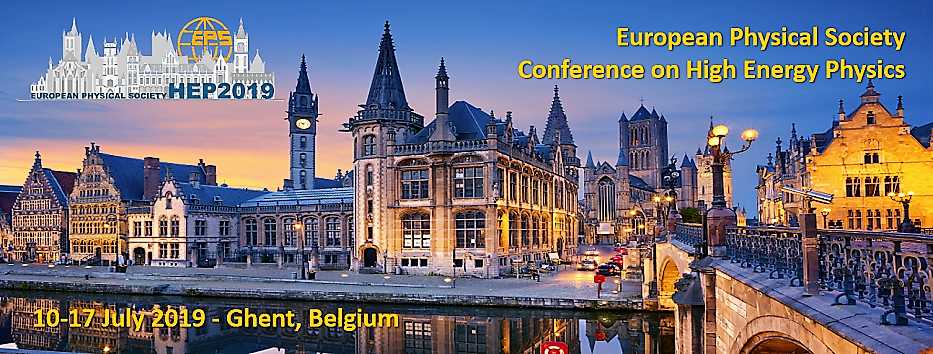Speaker
Description
The direct search for dark matter (DM) at the sub-GeV/c² mass scale gained special interest during the last years, mainly motivated by various theoretical models. To search for individual DM-electron interactions in Si-semiconductor devices a readout noise level of less than 1e- RMS is required.
One possible technique which promise a sub-electron noise level is the Depleted P-channel Field Effect Transistor (DEPFET) with Repetitive Non Destructive Readout (RNDR). Such a low noise level was successfully demonstrated with a single pixel DEPFET-RNDR prototype [1]. The follow-up project DANAE aims to apply the DEPFET-RNDR technique to the direct search for DM-electron interactions.
A prototype detector matrix of 64x64 pixels was developed at the Semiconductor Laboratory of the Max Plank Society (HLL) in Munich. The specially designed control and readout electronic for the matrix were successfully tested. A dedicated test stand, which is able to cool down the detector to around -100°C and provide a simple shielding against ambient background, was assembled at HLL. It is envisage to finish the currently ongoing integration until end of May 2019.
With an operational DANAE prototype, we plan to evaluate the performance of the DEPFET-RNDR matrix in comparison with the previous published performance of a single DEPFET-RNDR pixel [1]. A further objective it to optimize the operation conditions of the detector matrix. A special focus will be the study of the temperature dependence of the leakage count rate and its minimization via an optimal operation temperature.
In this contribution, we will introduce the DEPFET-RNDR technique and the DANAE project. Afterwards, the status of the ongoing R&D work will be reported and latest results from the ongoing test measurements will be presented. Finally, we will discuss future prospects of DANAE.
[1] A. Bähr, H. Kluck, J. Ninkovic, J. Schieck and J. Treis, Eur. Phys. J. C77 (2017) 905, arXiv:1706.08666
